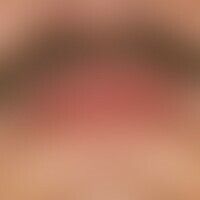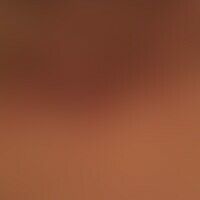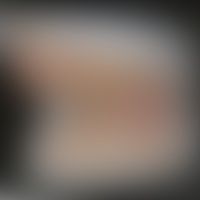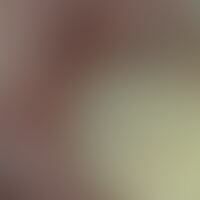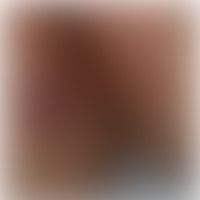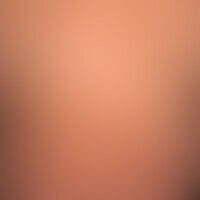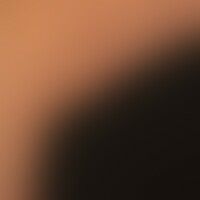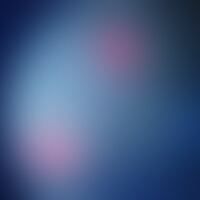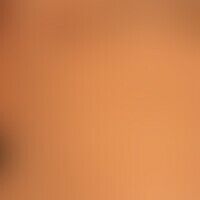Image diagnoses for "red"
901 results with 4543 images
Results forred
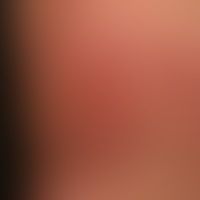
Erysipelas A46
Erysipelas, acute: Acute reddened and painful, large-area, succulent plaque, only blurredly limited, which has existed for 5 days and is accompanied by high fever; inflammation parameters massively increased.
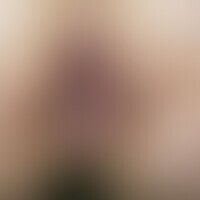
Condylomata lata A51.3
Condylomata lata: broadly seated, oozing, perianal papules. secondary stage of syphilis acquisita. there is infectivity!
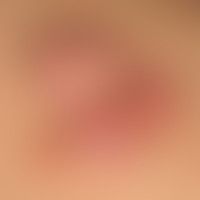
Keloid (overview) L91.0
Keloids: bulbous conglomerates of solid, surface-smooth, skin-coloured and also reddish, broad-based, touch-sensitive lumps.
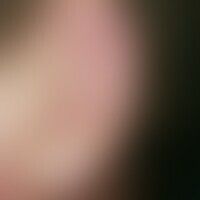
Cutaneous Chondroma D23.9
Chondrom. solitary, chronically inpatient, growing imperceptibly for 3 years, approx. 2.5 cm in diameter, blurred, cartilage-resistant, symptom-free, skin-coloured, smooth, flatly arched lump.
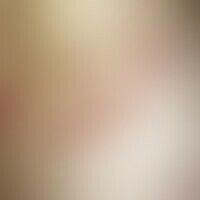
Cimicose T00.9
Cimicosis. acutely appeared after hotel overnight, smooth, standing in a line-shaped grouping, intensely itching, 0.2-1.0 cm large, red papules and papulovesicles with (indicated) central bite sites. Around the bite sites a collateral erythema appears.
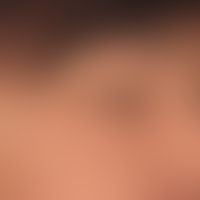
Urticaria acute spontaneous L50.8
Angioedema of the eyelids: acute, not itchy swelling of the eyelids of both eyes, cause remained unclear.
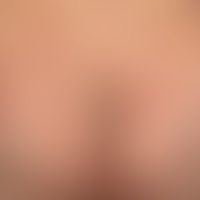
Skabies B86
Scabies. months old, disseminated, fresh and older, erythematous, scaly, granulomatous papules, plaques and nodules; multiple scratch artifacts and erosions; 47-year-old neglected patient.
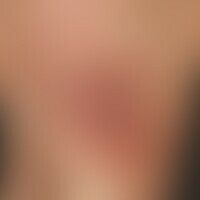
Parapsoriasis en plaques large L41.4
Parapsoriasis en plaques, large-hearthy inflammatory form. increasing palpability of the plaques, combined with itching and increased scaling. transition into a cutaneous T-cell lymphoma could be histologically confirmed.
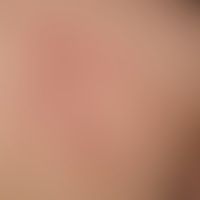
Zoster B02.9
Zoster: in segmental distribution, grouped vesicles on reddened skin in a 30-year-old man; moderately spontaneous pain.
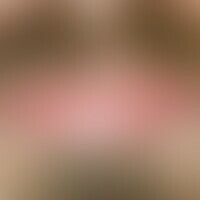
Lichen planus classic type L43.-
